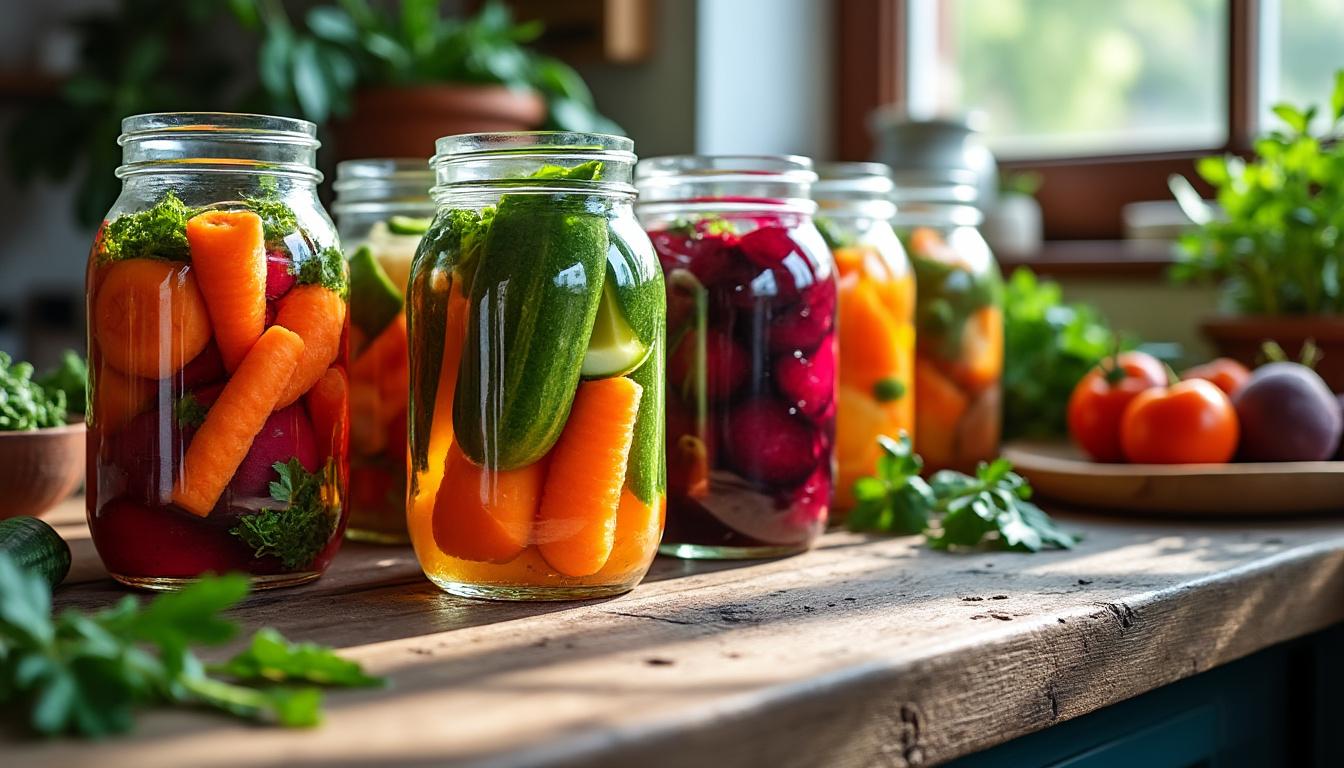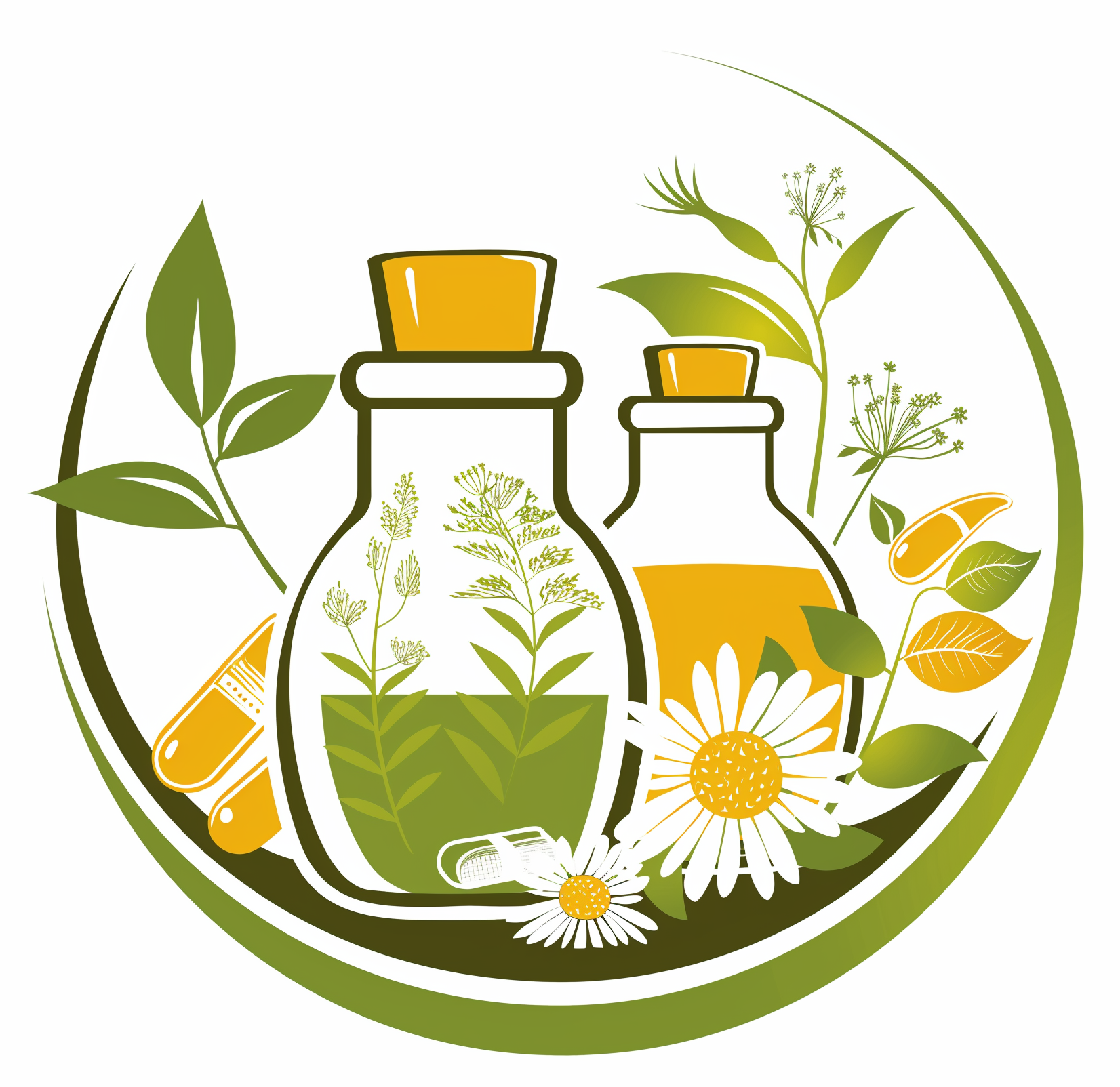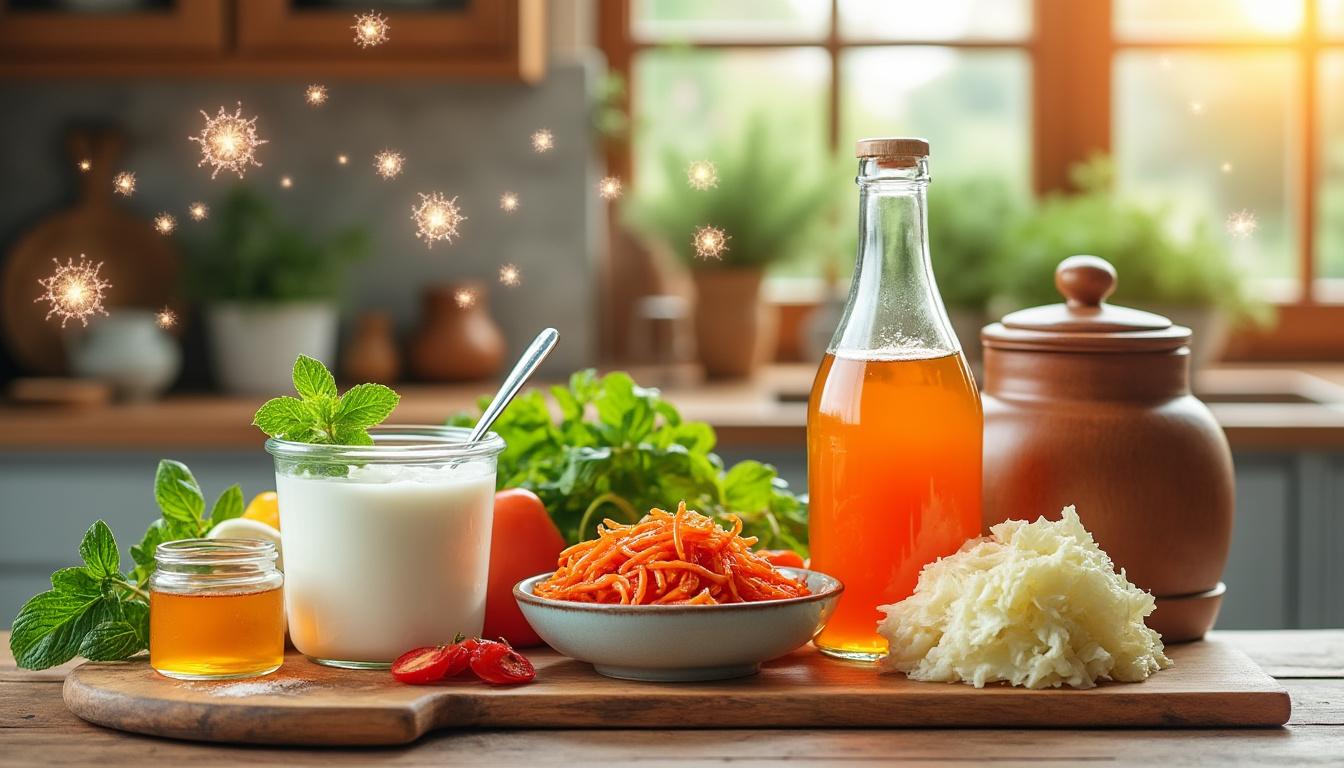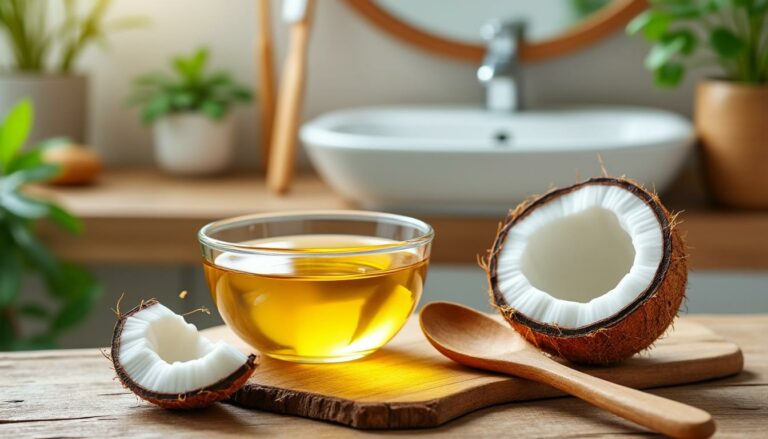What is fermentation? Understanding how it enhances gut health
What is fermentation? It is the quiet, invisible teamwork between friendly microbes and natural sugars that transforms plain ingredients into tangy, effervescent power-foods your gut loves.
Modern diets, antibiotics, and chronic stress can leave the digestive tract under-populated with helpful bacteria, opening the door to bloating, low immunity, and sluggish energy.
Fortunately, a spoonful of Kimchi on scrambled eggs or a sip of Kombucha at lunch can quickly repopulate the microbiome, calm inflammation, and spark nutrient absorption. The pages that follow show exactly how to weave these living foods into daily meals—no lab coat or fancy gear required.
Fermentation Explained: From Ancient Jars to Microbiome Magic
Fermentation is a metabolic process where microorganisms—primarily lactic-acid bacteria, wild yeasts, and occasional molds—convert the natural sugars in food into acids, gas, or alcohol. The new acidic environment preserves the food, deepens flavor, and produces probiotics that thrive in the human gut.
- 🦠 Lactic-acid fermentation (cabbage → Sauerkraut)
- 🍞 Alcoholic fermentation (grains → beer, sourdough)
- 🧀 Acetic fermentation (apple cider → vinegar)
| 🌿 Traditional Food | Key Microbe | End Product | Preservation Boost 🔒 |
|---|---|---|---|
| Sauerkraut | Lactobacillus plantarum | Lactic acid | High |
| Kefir | Symbiotic yeast & bacteria | CO₂ + acids | Medium |
| Fermented Soy Sauce | Aspergillus oryzae | Amino acids | High |
Early settlers relied on these methods for survival; today, you can use the same science to nurture your microbiome while cutting grocery bills. For broader self-sufficiency tips, browse this beginner’s guide to self-reliant living.
How Fermented Foods Nurture the Gut Ecosystem
The human intestine hosts about 38 trillion microorganisms. Fermented foods bring in reinforcements—live cultures that crowd out pathogens, produce vitamins, and signal the immune system to stand down when inflammation is unnecessary.
- 🌟 Probiotic infusion: delivers Lactobacillus, Bifidobacterium, & friendly yeasts
- 🛠️ Enzyme supply: breaks down lactose, gluten, and phytates for easier digestion
- 🧬 Short-chain fatty acid (SCFA) production: fuels colon cells and regulates appetite
| Compound 🎯 | Made During Fermentation | Main Gut Benefit |
|---|---|---|
| Lactic Acid | Vegetable ferments | Reduces pH, deters harmful microbes |
| Vitamin K2 | Natto | Supports bone density & heart health |
| Butyrate | Sourdough starter | Heals intestinal lining |
Research published in 2024 confirmed that a daily serving of fermented vegetables lowered IBS symptoms by 36 % after eight weeks. Pair ferments with herbal allies like fire cider for a broader immune shield.
Top Fermented Foods for Beginners (and Their Unique Perks)
Start with familiar flavors, then branch out to global staples. Rotate varieties to diversify your microbial intake.
- 🥣 Probiotic Yogurt – calcium + easy breakfast topper
- 🥬 Sauerkraut – crunchy vitamin C bomb for sandwiches
- 🌶️ Kimchi – spicy antioxidant boost
- 🥤 Kombucha – fizzy afternoon swap for soda
- 🥛 Kefir – drinkable protein for smoothies
- 🍱 Tempeh – hearty plant protein with nutty bite
- 🍜 Miso – umami-rich soup base
- 🍱 Natto – highest natural source of vitamin K2
- 🥒 Pickles (naturally brined) – low-cal snack with electrolytes
- 🍶 Fermented Soy Sauce – depth for marinades
| Food 🍽️ | Portion Size | Main Nutrient Gift 🎁 | Taste Note |
|---|---|---|---|
| Kefir | 1 cup | 12 strains probiotics | Tangy, effervescent |
| Kimchi | ¼ cup | Capsaicin & lactic acid | Spicy-sour |
| Tempeh | 3 oz | 19 g protein | Nutty, firm |
Curious how ferments compare to other natural remedies? The article on natural antibiotic alternatives outlines herbal options that complement live foods.
DIY First Batch: Safe Home Fermentation Step-by-Step
Setting up a small fermentation corner costs less than a take-out meal. The following blueprint turns fresh cabbage into probiotic Sauerkraut in under 20 minutes of hands-on time.

Equipment & Ingredients Checklist 🛠️
- 🫙 Wide-mouth quart jar with lid
- 🔪 Cutting board & knife
- 🥬 1 medium cabbage
- 🧂 1.5 % sea salt by weight (about 1 tbsp per pound)
- 💧 Non-chlorinated water (if needed)
Four-Stage Method ⚙️
- Shred cabbage thinly and massage with salt until it releases brine.
- Pack tightly into the jar, submerging all solids beneath liquid.
- Cover loosely to let gas escape; store at 65-72 °F for 5-10 days.
- Taste daily after day 4; move to the fridge when pleasantly sour.
| Day 📆 | Visual Cue 👀 | Action Needed |
|---|---|---|
| 1 | Bubbles around edges | Burp lid once |
| 3 | Cloudy brine | Press veggies below liquid |
| 7 | Sharp aroma | Refrigerate to slow ferment |
For a deeper dive into acidic ferments, explore the benefits of apple cider vinegar—another shelf-stable ally created by acetic fermentation.
Smart Tips: Troubleshooting, Storage, and Daily Serving Sizes
Consistency keeps the microbiome flourishing, yet moderation prevents digestive surprises.
- ⚖️ Portion guide: start with 2 tablespoons/day and build up.
- 🧊 Cold storage: keep finished jars at 34-40 °F to retain crunch and live cultures.
- 🚫 Surface molds: white yeast films (Kahm) are harmless; fuzzy colored molds mean discard.
- 🧂 Salt adjustment: low-sodium diets can switch to 1 % brine, but flavor will be milder.
| Food | Ideal Fridge Life 🗓️ | Daily Serving | Pairing Idea |
|---|---|---|---|
| Sauerkraut | 8 months | 2 tbsp | Toss with avocado |
| Miso | 1 year | 1 tsp | Dissolve in warm broth |
| Natto | 6 weeks | 1 pack | Over steamed rice |
When digestion feels off, combine fermented foods with soothing herbal tonics or revisit the basics outlined in the natural-antibiotic survival guide.
FAQ: Fermentation & Gut Health Essentials
- 🍽️ How much fermented food is safe per day?
Begin with 1-2 tablespoons and increase gradually; most people thrive on ¼–½ cup total per day. - 🌡️ Can ferments be made without refrigeration?
Yes. Traditional crock methods rely on cool cellars; just keep the vessel below 72 °F once sourness peaks. - 🧂 What if I need low-sodium options?
Try Kefir, Kombucha, or low-salt Tempeh; these deliver probiotics with minimal added salt. - 🚀 Do store-bought products work as well?
Look for “raw” or “unpasteurized” on labels. Heat-treated jars lack live cultures and therefore fewer gut benefits. - ⚗️ Is fermented soy sauce high in probiotics?
True artisanal brands carry some residual microbes, but the main advantage is amino-acid diversity and rich antioxidants, not a large probiotic load.
Keeping a rotation of Sauerkraut, Kombucha, Kefir, and other living staples on the shelf turns everyday meals into microbiome therapy. Sprinkle one or two servings into each meal, and the question “What is fermentation?” quickly shifts from theory to vibrant, gut-calming practice.






